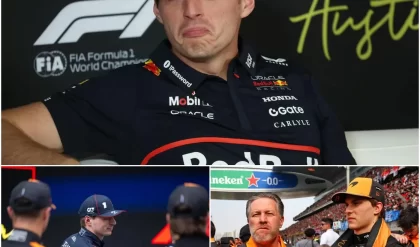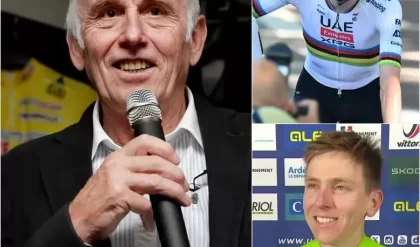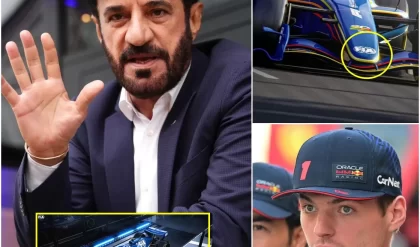Yamaha has long been a dominant force in MotoGP, known for producing some of the most successful and iconic racing machines in the sport’s history. However, in recent years, the Japanese manufacturer has faced increasing competition from rivals like Ducati and Honda, particularly in the area of engine performance. In response to these challenges, Yamaha has confirmed that it is developing a V4 engine, a significant departure from its traditional inline-four configuration, which could mark a turning point for the brand’s future in MotoGP. This new engine is expected to make its debut as early as 2025, with the goal of reclaiming Yamaha’s competitive edge on the track.
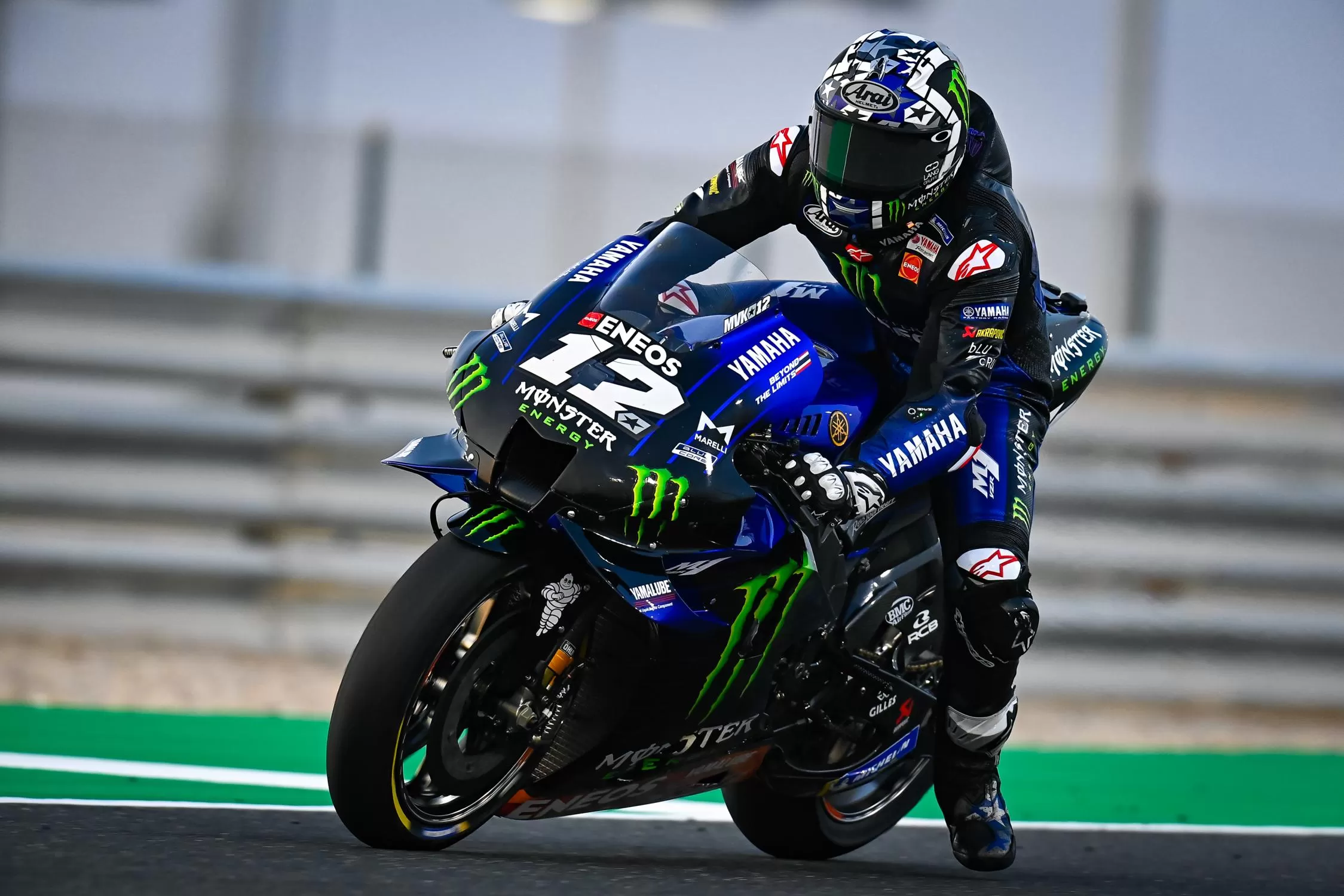
Yamaha’s Historical Reliance on the Inline-Four Engine
For decades, Yamaha has been synonymous with the inline-four engine in MotoGP. The manufacturer has enjoyed considerable success with this engine configuration, which has powered legendary riders like Valentino Rossi and Jorge Lorenzo to multiple world championships. Yamaha’s YZR-M1, equipped with an inline-four engine, became one of the most revered bikes on the grid due to its smooth power delivery, exceptional cornering ability, and balance between power and handling.
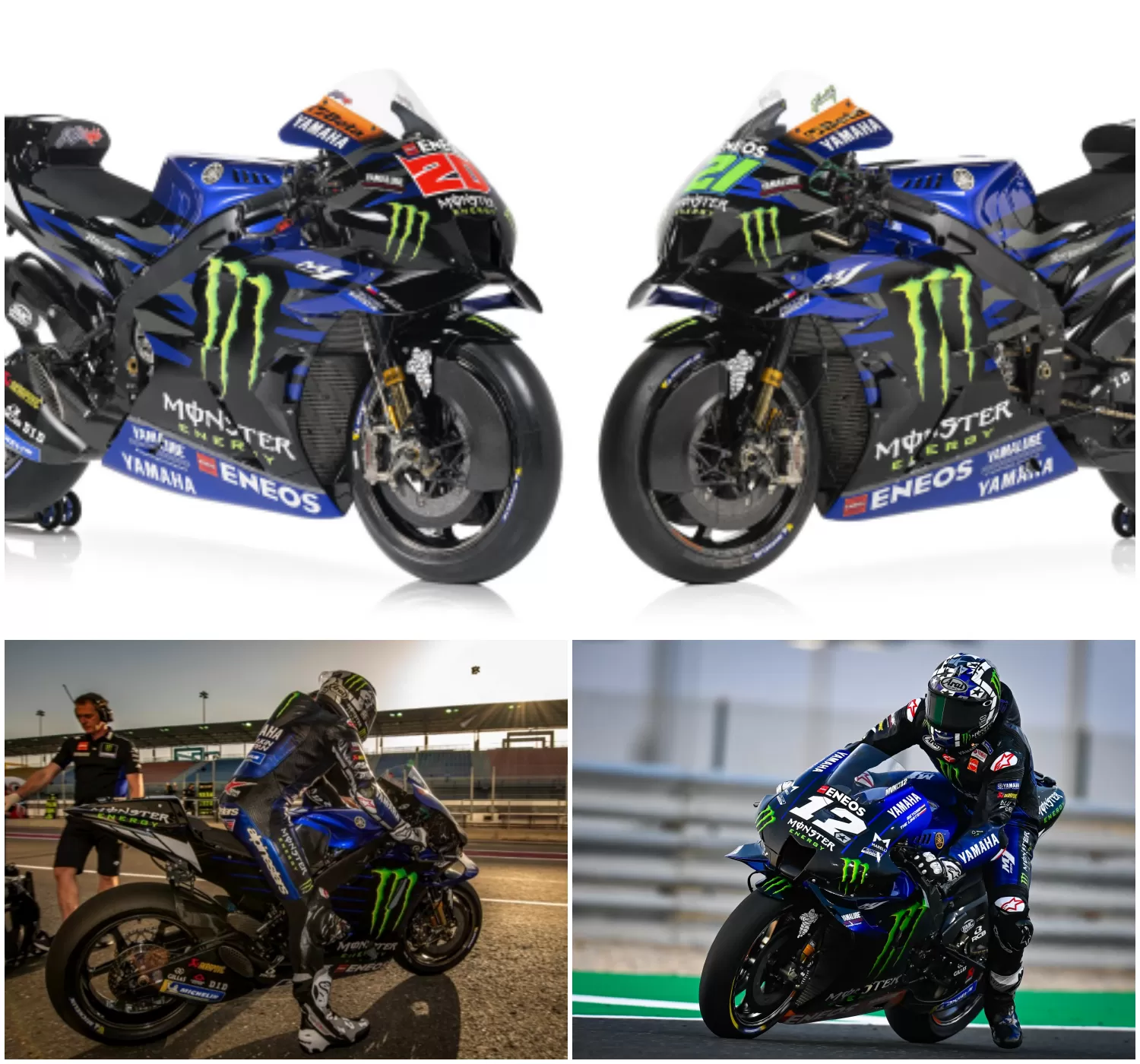
However, in the modern era of MotoGP, speed and top-end power have become increasingly important. While Yamaha’s inline-four engines excel in handling and agility, they have struggled to match the raw power of the V4 engines used by Ducati and Honda. The V4 engine configuration allows for better power distribution, top-end speed, and acceleration—qualities that are crucial for success on MotoGP tracks with long straights.
Why Yamaha is Making the Switch to a V4 Engine
Yamaha’s decision to develop a V4 engine marks a significant shift in its engineering philosophy. The primary motivation behind this change is the need to remain competitive in an increasingly fast-paced MotoGP environment. Over the past few seasons, Yamaha has faced growing frustration from its riders, most notably Fabio Quartararo, who has expressed concerns about the bike’s lack of top-end power compared to rivals like Ducati.
The V4 engine is known for its superior power output at higher RPMs, making it ideal for the long straights and fast tracks where Yamaha has struggled in recent years. Ducati, in particular, has leveraged the V4’s strengths to dominate in terms of speed and acceleration, and Yamaha’s decision to follow suit is seen as a direct response to the Italian manufacturer’s success.
In a recent statement, Yamaha’s MotoGP development team confirmed that the V4 engine project is already in motion, with the goal of integrating it into their MotoGP lineup by 2025. Yamaha engineers have stated that the V4 engine will combine the power advantages of the V4 configuration with Yamaha’s existing strengths in chassis design and cornering performance, aiming to create a well-rounded, competitive package.
The Challenges of Switching to a V4 Engine
While the development of a V4 engine offers many potential advantages, the switch is not without its challenges. For one, Yamaha will need to adapt its entire bike design to accommodate the new engine. The characteristics of a V4 engine differ significantly from an inline-four, requiring changes to the frame, aerodynamics, and overall balance of the bike. Yamaha has a long history of designing bikes around the unique handling characteristics of its inline-four engine, so this transition will require careful consideration to ensure the new V4-powered bike maintains Yamaha’s hallmark agility and cornering ability.
Another challenge is the time and resources required for engine development. Developing a competitive V4 engine is a complex process, and Yamaha will need to invest heavily in research, development, and testing to ensure the new engine meets the high-performance demands of MotoGP. The V4 engine will also need to undergo extensive testing in race conditions to fine-tune its performance and reliability.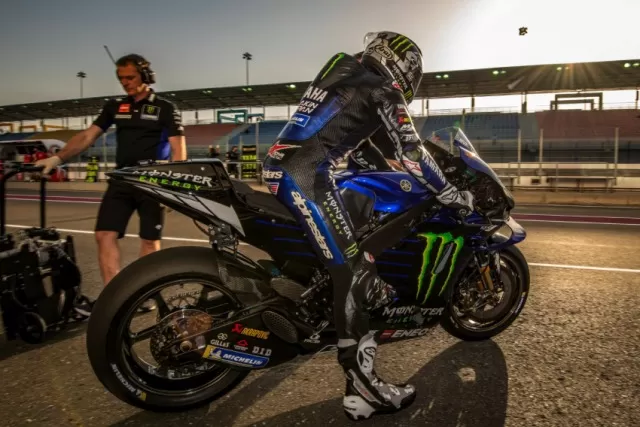
Yamaha’s MotoGP test team will play a crucial role in this process, and the performance of test riders will be key in providing feedback on the new engine. The test team will need to simulate race scenarios and push the engine to its limits to ensure that it can compete at the highest level.
Impact on Yamaha’s Current and Future Riders
The introduction of a V4 engine could also have a significant impact on Yamaha’s riders. For Fabio Quartararo, Yamaha’s current star and 2021 MotoGP World Champion, the development of a V4 engine offers hope that the team will be able to close the gap with rivals like Ducati. Quartararo has been vocal about his frustration with Yamaha’s lack of top-end speed, and the new engine could provide him with the power he needs to consistently challenge for wins.
Yamaha’s decision to switch to a V4 engine may also influence the team’s future rider lineup. As the V4 engine becomes the standard across more manufacturers, riders with experience on V4-powered bikes, such as those from Ducati or Honda, may become valuable assets for Yamaha. The ability to adapt quickly to the new engine configuration will be crucial for Yamaha’s future success, and the team may seek to recruit riders who are already familiar with the characteristics of V4 engines.
However, the transition to the V4 engine will require a period of adjustment for both current and future Yamaha riders. Adapting to a new engine configuration, especially one as different as the V4 compared to the inline-four, will require riders to change their riding styles and develop new strategies for maximizing performance.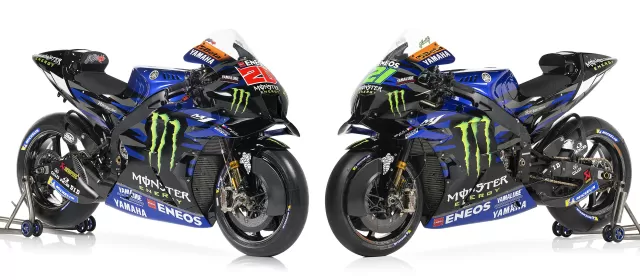
The Competitive Landscape
Yamaha’s decision to develop a V4 engine comes at a time when the MotoGP grid is more competitive than ever. Ducati, in particular, has set the benchmark with its Desmosedici GP bike, which features a powerful V4 engine that has dominated the championship in recent seasons. Honda, another major player in MotoGP, has also relied on its V4 engine to produce top-end speed and performance.
Aprilia, too, has emerged as a serious contender, making significant improvements with its own V4 engine technology. This growing competition has forced Yamaha to rethink its strategy, and the development of a V4 engine is seen as a necessary step to keep pace with the evolving MotoGP field.
Yamaha’s success in the past has been built on a combination of engineering innovation and rider talent. The introduction of a V4 engine could position the team to reclaim its place at the top of MotoGP, but it will require careful execution and continued development to stay competitive with rivals who have already mastered the V4 platform.
Looking Ahead to 2025
As Yamaha embarks on this new chapter in its MotoGP journey, all eyes will be on the development process leading up to the expected debut of the V4 engine in 2025. Fans and analysts alike are eager to see how the new engine will perform and whether it will bring Yamaha back to the forefront of MotoGP competition.
The transition to a V4 engine represents a bold move for Yamaha, but it is one that could pay off in the long run. By embracing the power and potential of the V4 configuration, Yamaha aims to build a bike capable of challenging for championships once again. The development of the V4 engine is not just a technical endeavor—it is a statement of intent from Yamaha, signaling that they are ready to evolve and fight for their place among MotoGP’s elite teams.
With the confirmation of the V4 engine project, the stage is set for an exciting future for Yamaha in MotoGP. As the 2025 season approaches, the racing world will be watching closely to see how this new era unfolds for one of the sport’s most storied manufacturers.
